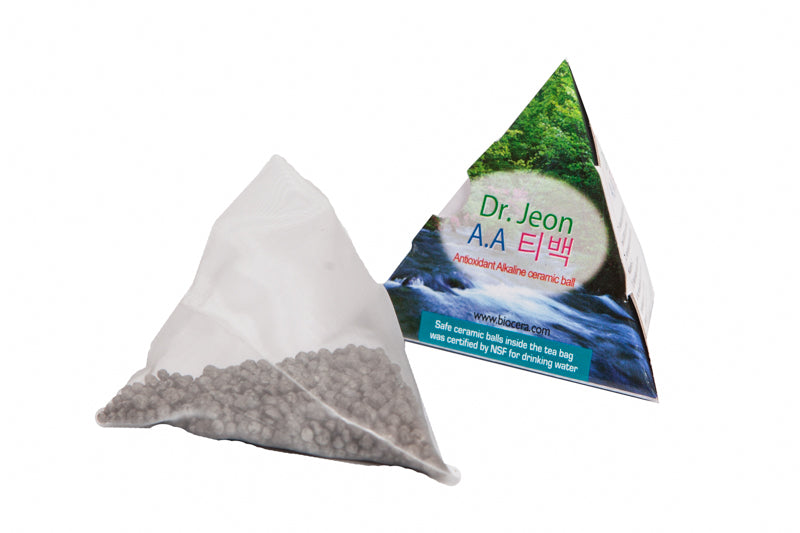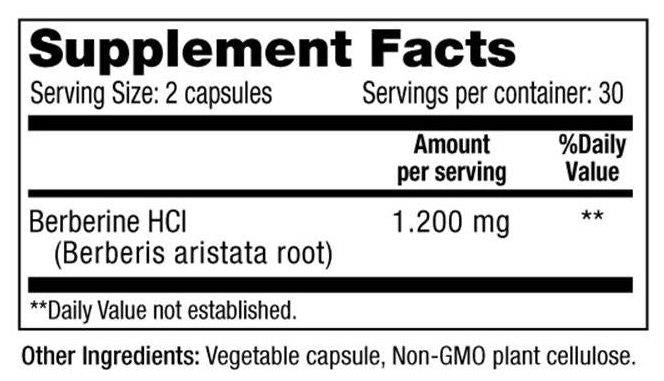Smoking injures almost all organs in the body, which can easily result in death. Light and intermittent smokers carry nearly the same risk for cardiovascular disease as daily smokers. In addition, the risk of ischemic heart disease in light-smoking men and women aged 35 to 39 years who smoke 1 to 4 cigarettes per day is nearly 3 times that of a nonsmoker (Schane et al).
Diseases Caused by Smoking
For daily smokers, or those who smoke more than 20 cigarettes per day, the risk of dying of lung cancer is 23 times higher in men and 13 times higher in women than in nonsmokers. Women between the ages of 35 and 49 years who smoke 1 to 4 cigarettes per day have 5 times the risk of developing lung cancer. Men have 3 times the risk as nonsmokers.
Furthermore, even light smoking results in an increased risk of gastrointestinal (esophagus, stomach, pancreas) cancers.
Smoking is associated with lower respiratory tract infections, including a prolonged duration of respiratory symptoms (particularly coughing), cataracts, compromised reproductive health, an increased risk for ectopic pregnancy as well as placenta previa, and poor bone mineral density, leading to frequent ankle fractures in older women (Schane et al).
Smoking also affects physical functioning, physical roles, bodily pain, general health, vitality, social functioning, emotional roles, and mental health.
Light smoking has been associated with the development of physical disability after a musculoskeletal injury or disorder. Smokers tend to have a limited blood supply which may result in arterial vasoconstriction, cellular hypoxia, delayed revascularization, demineralization of bone, and immune suppression.
Smoking may also cause chronic bronchitis, one form of chronic obstructive pulmonary disease (COPD), which results from long term irritation, loss of mucus protection, and recurrent infection.
However, when smoking stops, much of the lost functional of the lungs associated with smoking returns, unless there is lung tissue scarring, which is permanent.
Toxins Found in Cigarettes
Cigarette smoke is a combination of lethal gases (carbon monoxide, hydrogen cyanide, and nitrogen and sulfur oxides) and tars, which contain an estimated 4,000 chemicals.
Modern tobacco products include pesticides used during cultivation and chemicals added to the tobacco to make it more addictive and better tasting. Other toxic chemicals found in cigarettes include cadmium, which affects the kidneys, arteries, and blood pressure, lead, arsenic, cyanide, and nickel.
Dioxin is one of the most toxic pesticide chemicals known to be found in cigarettes. The nitrogen gases from cigarettes generate carcinogenic nitrosamines in body tissues. Tars in smoke contain polynuclear aromatic hydrocarbons, which are carcinogenic materials that bind with DNA to cause damage.
Antioxidants, including vitamin C, help protect against both polynuclear aromatic hydrocarbons and nitrosamines.
Smoke also contains radioactive materials, such as lead and polonium. Cigarettes are a good source of accumulated radiation, which has been shown to cause aging. Smoking one pack of cigarettes per day for one year is equal to the radiation from one mammogram or 72 dental X-rays.
Acetaldehyde, which is a chemical released during smoking, is an irritant that causes aging of the skin (Haas 2012).
Kicking the Habit Naturally
Medications designed to help you stop smoking seem to be just as damaging to the body. Chantix, a popular prescription drug aimed to help smokers quit, may cause changes in behavior, hostility, agitation, depressed mood, and suicidal thoughts or actions.
However, there are natural remedies for taking the edge off. Here is a list of natural ways to kick the smoking habit for good.
1) Lime Juice
Fresh lime juice can be used to reduce tobacco cravings. It also has a number of benefits, including being alkaline and anti-infective. Lime juice has been shown to produce antimicrobial activity against multiple strains of drug resistant.
2) Oats
Oats can be used to flush out harmful toxins from the body while also lowering the craving for tobacco. It is also known to help with withdrawal symptoms.
3) Cayenne Pepper
Cayenne Pepper has been shown to help desensitize the respiratory for addictions, such as tobacco and nicotine, thus decreasing cravings for smokers.
4) Licorice Stick
Chewing on a licorice stick in place in a cigarette can help give you the feeling of smoking. Licorice also plays a protective role against acid and pepsin secretions by covering the site of lesion and promoting the mucous secretion.
5) Raw Organic Honey
Raw organic honey is full of detoxing ingredients, such as vitamins, enzymes, and proteins, which can help eliminate toxins from smoking out of the body.
6) Ginger
One major withdrawal symptom of smoking is nausea. Ginger has been shown to reduce the feelings of nausea by promoting a soothing effect on the stomach.
7) Grape Juice
Grape juice is full of antioxidants, including vitamin C, which help flush the body of harmful toxins built up in bodily tissues over years of smoking.
References
Haas, E., & Chace, D. (2012). The detox diet: The definitive guide for lifelong vitality with recipes, menus, and detox plans (3rd ed.). Berkeley: Ten Speed Press.
Schane, R., Ling, P., & Glantz, S. (n.d.). Health Effects Of Light And Intermittent Smoking: A Review. Circulation, 1518-1522.



























Leave a comment